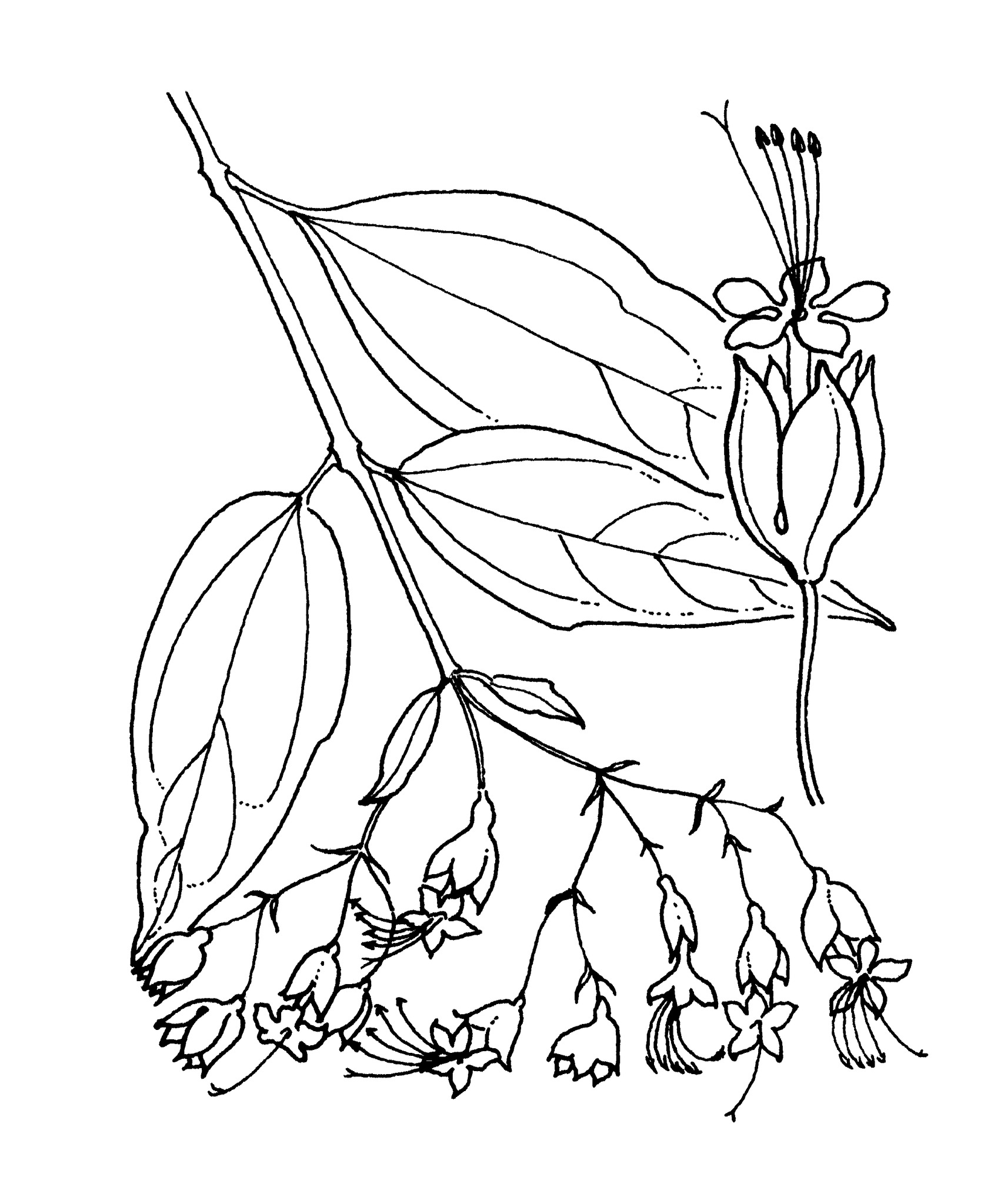
Greek kleros — chance, dendron — tree, referring to the unpredictable performance of the medicinal extracts of some species.
Trees, shrubs and occasionally climbers. Leaves opposite or whorled, simple, entire or toothed. Flower clusters terminal or axillary, branched and/or flat-topped. Calyx 5-toothed or lobed, often brightly coloured, generally swelling and spreading with age and persistent. Flowers salver-shaped, the tube sometimes curved, 5-lobed, white, yellow, blue, purple or red, generally fragrant. Stamens 4, protruding from the flower. Ovary more or less 4-chambered. Fruit a fleshy or dry drupe, usually separating into 4 parts.
Grown for the highly ornamental and unusual flowers.
Seed, softwood and semi-hardwood cuttings, suckers.
Some species have medicinal properties. In W Africa the hollow stems of C. capitatum are used as pipes and for other purposes.
Simple leaves, irregular ornamental flowers with prominent protruding stamens, and fleshy fruits.
About 400 species, mostly tropical and subtropical, with centres of distribution in Africa and Asia. Australia has 7 endemic species.
Source: (2002). Verbenaceae. In: . Horticultural Flora of South-eastern Australia. Volume 4. Flowering plants. Dicotyledons. Part 3. The identification of garden and cultivated plants. University of New South Wales Press.
